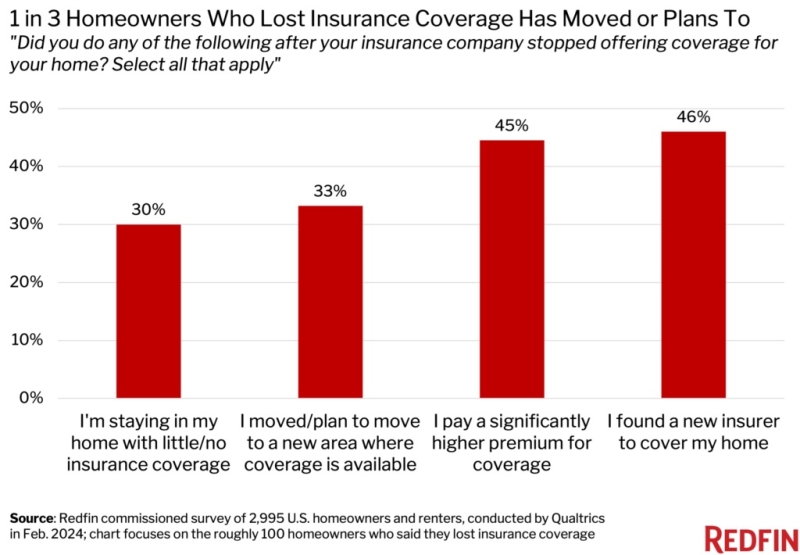
Affordability Retreats To 5-Year Average

The Data & Analytics division of Black Knight, Inc. released its latest Mortgage Monitor Report. Black Knight Data & Analytics president Ben Graboske revealed that incredibly low levels of for-sale inventory, paired with historically low interest rates, continue to put upward pressure on home prices and tighten affordability, according to the report.
"Our repeat sales-based Black Knight Home Price Index shows February's annual price appreciation at 11.6%, the fastest growth rate in more than 15 years," said Graboske. "Likewise, the daily home sales data tracked by our Collateral Analytics group found a nearly 16% year-over-year increase in the median sales price in February. Multiple years of constrained housing inventory and historically low-interest rates have helped fuel this fire to the point where nearly 75% of the 100 largest U.S. markets have seen annual home price growth of 10% or higher. What's more, Collateral Analytics' Market Conditions Report shows the housing markets in 75% of ZIP codes rated either 'Strong' or 'Hot' based on underlying market metrics. Only 7% are characterized as 'Normal.'"
Black Knight's affordability data shows that recent increases in 30-year rates, combined with sharply rising home prices, are starting to put pressure on some higher-priced markets, according to the report.
In Los Angeles for example, even with 30-year rates at 3.17% as they stand in late-March, it requires 43.6% of the median monthly income to make mortgage payments on the median-priced home purchase when putting 20% down – well over twice the national average, according to Black Knight. Additionally, in both San Jose (39.6% of median income) and San Francisco (37.2%), home prices were on the verge of falling in late 2018 before interest rates dropped more than two points over the following two years, releasing some of the affordability pressures on those markets.
"Of course, upward pressure on home prices has also served to tighten affordability, and with rates on the rise, affordability concerns are coming into sharper relief. It now takes 20% of the median income to make the monthly payment on the purchase of an average-priced home, back up to the five-year average after several years of low-interest rates mitigating the impact of rising prices on affordability," said Graboske. "Housing is now the least affordable it's been – factoring in interest rates, home prices and income – since mid-2019. Any hopes of 2021 bringing an influx of homes to the market and lessening pressure on prices appear to be dashed for now, as new for-sale listings were down 16% and 21% year-over-year in January and February, respectively. Rather than an influx of homes on the market, we're now 125,000 fewer new listings in the hole compared to the first two months of 2020 and trending in the wrong direction. With higher interest rates and a continuing shortage of inventory, it will be important to keep a careful eye on both home prices and affordability metrics in the coming months."
Click here to see more from Black Knight's February Mortgage Monitor report.




